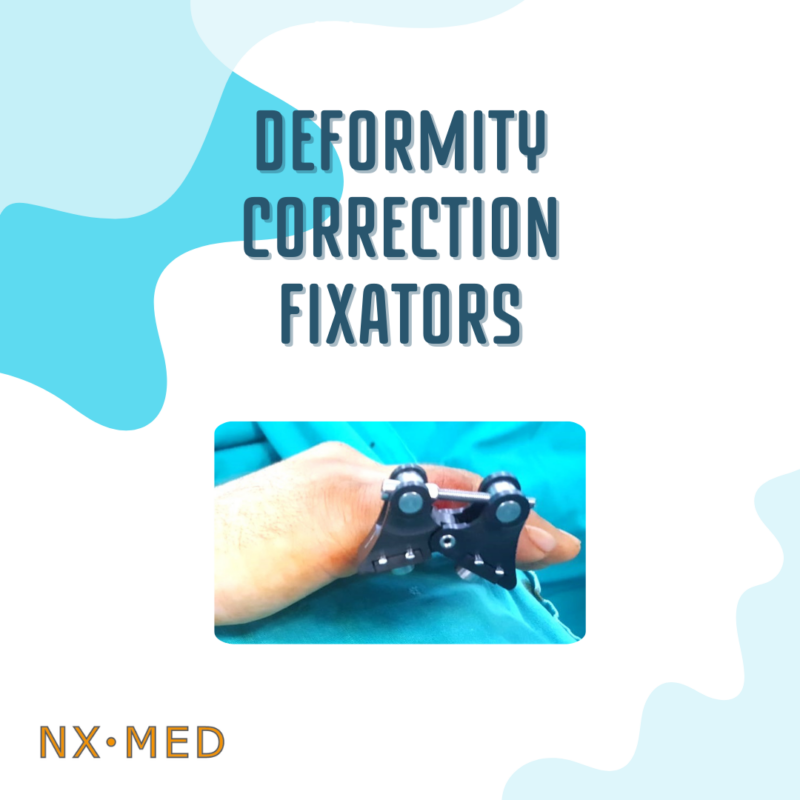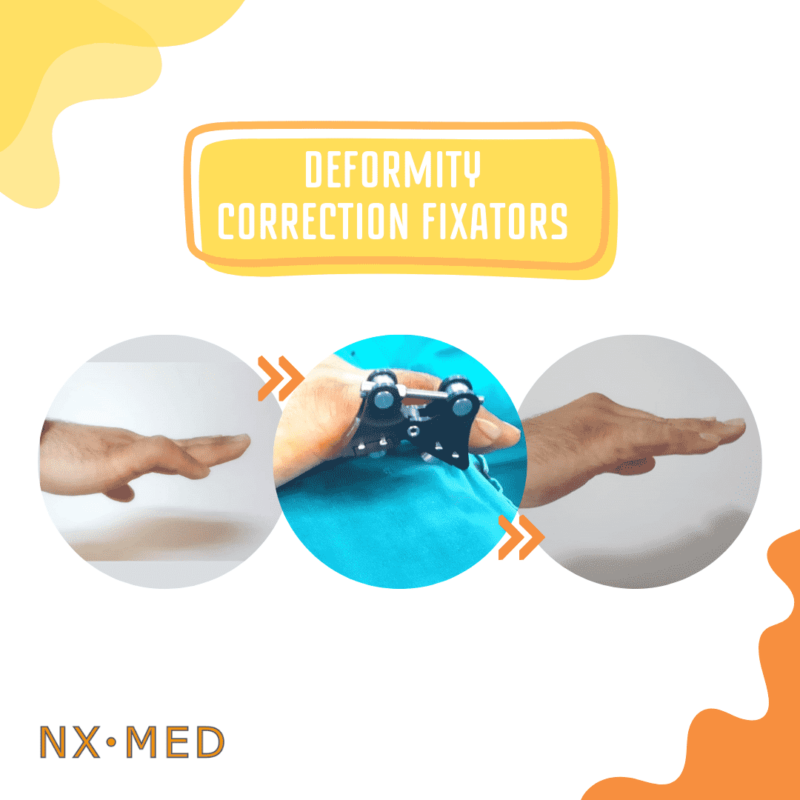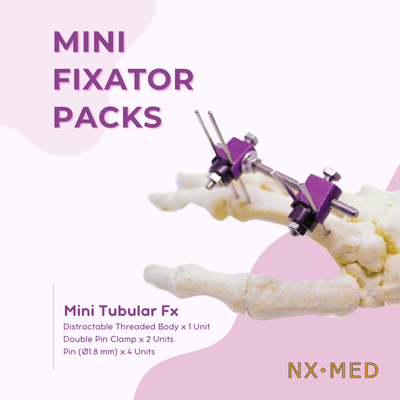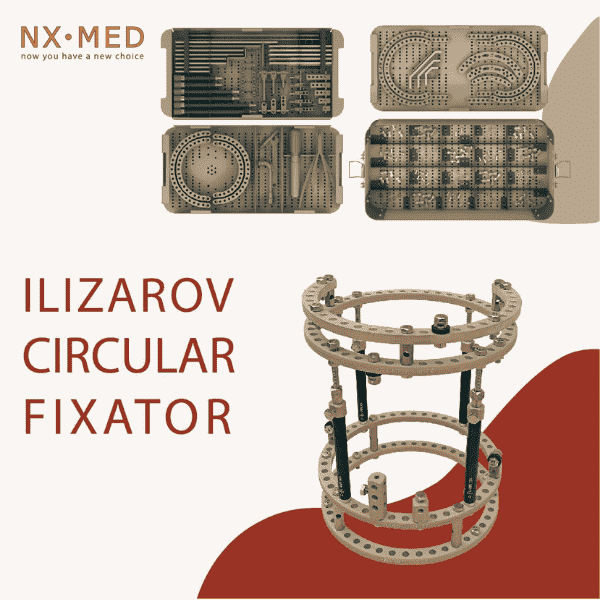Deformity Correction Fixators


The Deformity Correction Fixator is a medical device used to treat various bone deformities and conditions. It is an external fixator, meaning it is applied outside the body and connected to the bone through pins or wires. This device is particularly effective for:
- Flexion contractures: These are conditions where a joint becomes permanently bent due to muscle or tendon shortening.
- Deformities from soft tissue hardness: This includes conditions where the surrounding soft tissues, such as muscles and tendons, become stiff and restrict normal movement.
The fixator works by gradually correcting the deformity over time. It allows for precise adjustments to the bone’s position. This gradual correction is often guided by computer-assisted technology, which helps in planning and executing the treatment.
Treatment Options for Finger Deformity Correction Fixators and Fractures
The Deformity Correction Fixator is for flexion contracture of the proximal interphalangeal joint. Especially the deformity caused due to soft tissue hardness. This technique has been proven by clinical studies.
Some common remedial procedures for finger phalangeal fractures include closed reduction. In this procedure, the bones are manipulated back into place without surgery.
Another method is open reduction, which involves surgical intervention to realign the bones. In some cases, internal fixation such as pins, screws, or plates may be necessary to stabilize the fracture. This promotes proper healing.
Physical therapy and rehabilitation exercises are often recommended post-surgery. These help restore strength, flexibility, and range of motion in the affected finger.
Patients need to follow their healthcare provider’s recommendations for rehabilitation. This is crucial to achieve optimal outcomes. It also helps prevent long-term complications such as chronic pain or stiffness.
In severe cases where deformity correction is not successful, additional surgeries may be required.
This is also true if there are complications such as nerve damage or joint instability. Individuals with finger phalangeal fractures must seek prompt medical attention. They should follow through with their treatment plan. This ensures the best possible outcome for their hand function and overall quality of life.



